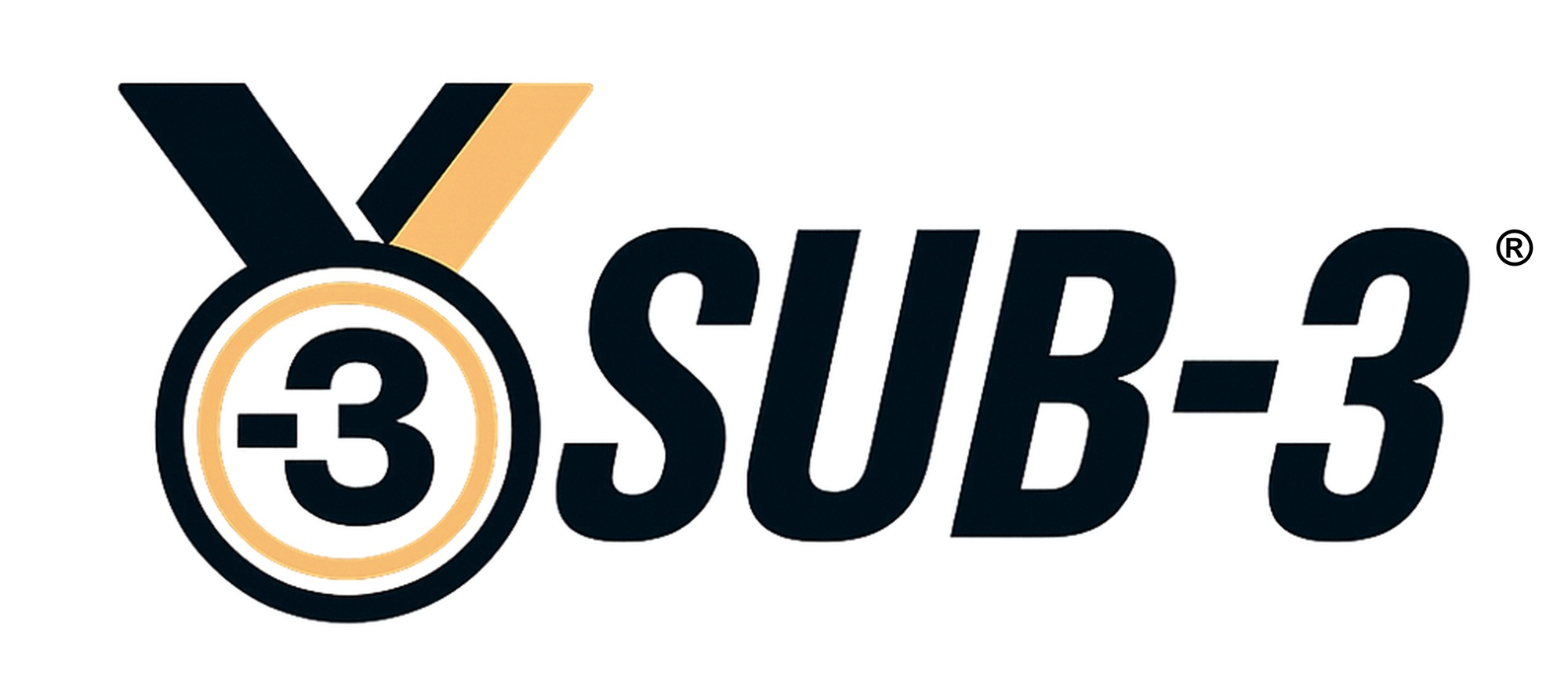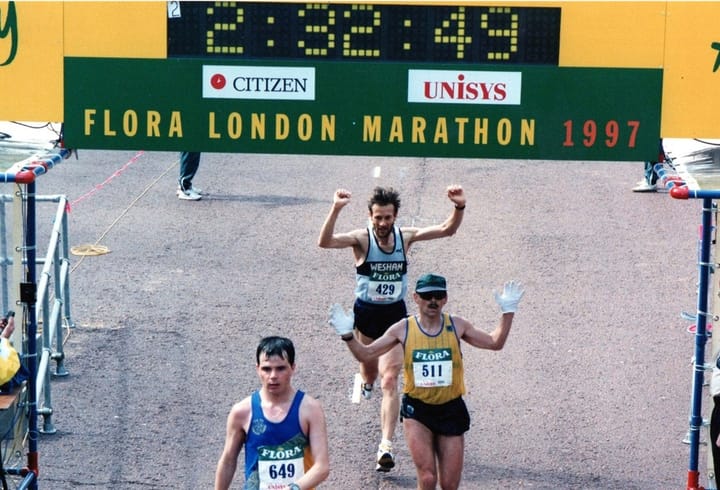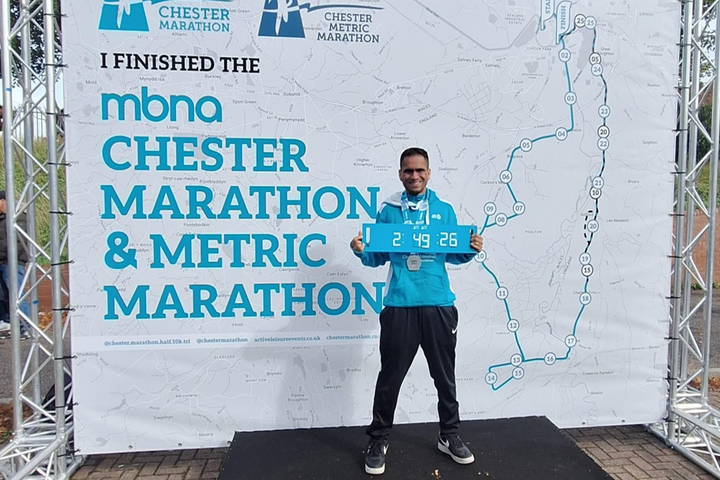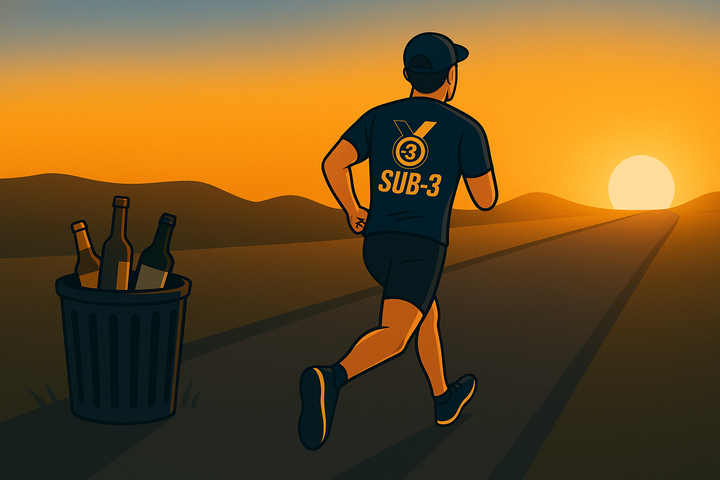My road to breaking sub-3 at 58
Runner Mikael Bask achieved his first sub-3 marathon at 58 after losing 20kg and averaging 100km a week, showing what dedication and structured training can achieve at any age.
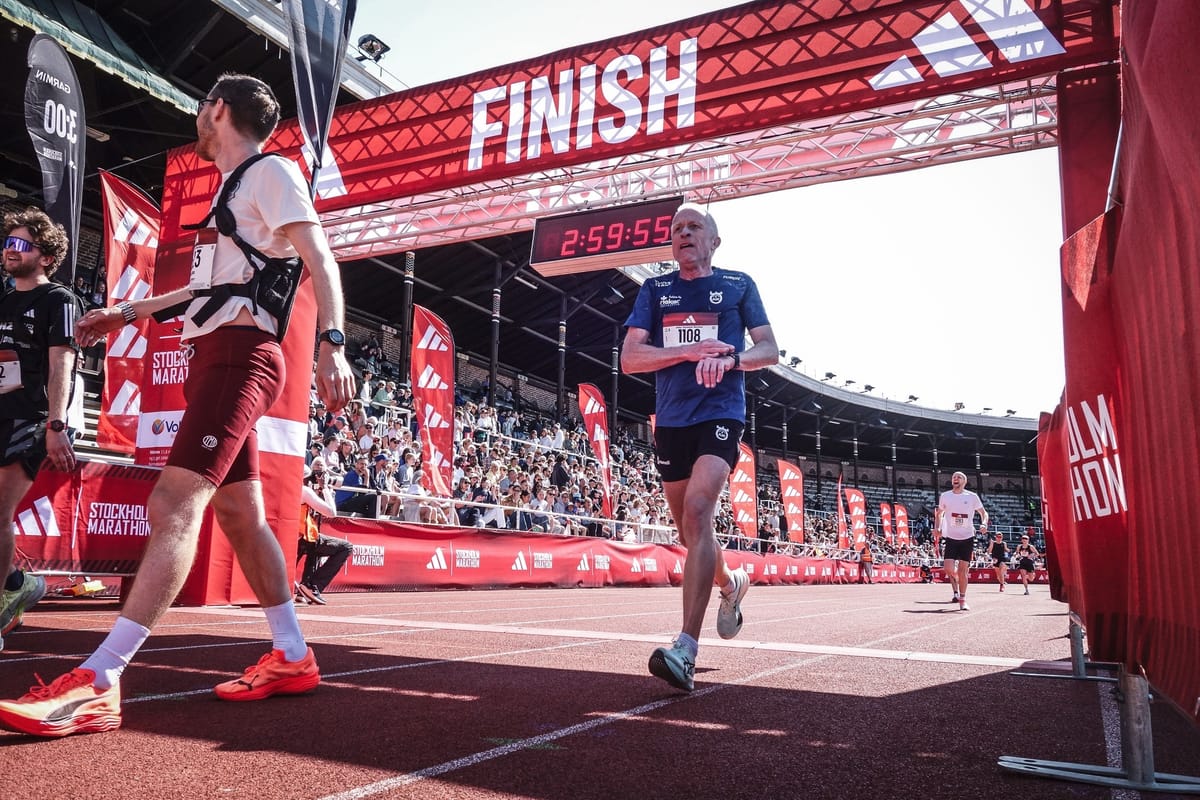
I have been a runner on and off throughout my adult life. But apart from a few years in my youth and another period in my thirties, I did not compete. As the new millennium unfolded, running quietly slipped into the background. According to my training log, I averaged only about 9K per week between August 2017 and July 2023. The result was a body weight of 103 kg.
In August 2023, I decided to lose weight through a ketogenic diet. At the same time, I recommitted myself to running, both to support the weight loss and to build momentum. The weight did come off, which in turn allowed me to run more and more. By Christmas 2023, I had lost about 20 kg. Being lighter not only meant I could train without putting so much strain on my body, it also made me faster. In August it took me about 58 minutes to run 10K; by December I was covering the same distance in about 48 minutes.
To make a long story short, during the first half of 2024 I increased my weekly distance to just over 80K on average. In early April, I ran my first race in 25 years: 10K in just under 43 minutes. That race gave me a taste for more, and soon I was competing regularly in everything from 5K to the half marathon. By autumn my weekly distance had risen to around 110K. By then I was running 10K in just over 38 minutes and had completed a half marathon in 1:24:35, which earned me a bronze medal at the Swedish Masters Championships in the M55 category.
I had never run a marathon, though. At times I regretted not having attempted the distance when I was younger. Looking back, I cannot help but feel that, had I given it a chance in my thirties, I might have managed a respectable time. It is one of those “what-ifs” that linger quietly in the background—a reminder of opportunities left unexplored.
In October, I finally ran my first marathon. I won the M55 category, which also earned me a gold medal at the Swedish Masters Championships. My time was 3:01:04. Naturally, I was thrilled to become a Swedish Masters Champion, but the fact that the clock stopped just over one minute past the three-hour mark left me less than fully satisfied. My reaction was, of course, out of proportion. After all, only a year and two months earlier I had weighed over 100 kg and struggled to run 10K in about 58 minutes. And yet, that was how I felt.
Over the winter, I consistently ran at least 100K per week. My training log shows that I kept this up for 17 weeks in a row. The training was varied, ranging from zone-2 runs of more than 30K to indoor interval sessions. I have no hard evidence for it, but I suspect my mix of workouts is more diverse than that of the typical recreational runner my age. That winter I also raced distances as short as 1,500 m, 2,000 m, and 3,000 m. The times were far from fast, but those speed sessions proved essential for me to perform well over longer distances.
This year I have raced even more frequently than in 2024. Most of these races, however, I regarded simply as quality training sessions. One exception was the Stockholm Marathon at the end of May. My goal on the starting line was to run sub-3. The marathon I had run the previous autumn, in Umeå in northern Sweden, had been on a relatively forgiving course. Stockholm, by contrast, offers a far more demanding route, particularly in its second half.
All the way through the race up to 40K I had kept a small cushion on my goal pace. At 40K, however, that margin had shrunk to just two seconds. Overall the race had gone well—the conditions were excellent—but my stomach had given me trouble at times, especially between 29 and 34K. Stomach issues are not something I am used to. I do not know exactly what caused them, but I did not dare to take any gels over the final 10K. As a result, my energy began to fade, and by 41K I had fallen well behind schedule.
Just after 41K, though, my wife was there, shouting at the top of her lungs. That saved me from missing sub-3 yet again. The thought flashed through my mind that this might be my only chance to break that barrier. The last kilometre went by in about 3:46, by far the fastest of the entire race. The sprint paid off; I crossed the finish line in 2:59:56 (gun time; 2:59:51 chip time). At the age of 58, I managed to run my first sub-3 marathon.
The week after the Stockholm Marathon, I ran 10K under 38 minutes for the first time in 25 years (37:47), and less than a month later I successfully defended my bronze medal in the half marathon at the Swedish Masters Championships (1:23:40).
There is no doubt that I am resilient when it comes to training. The many weeks of running at least 100K have shown that—one of them even exceeding 200K. Still, I am not endlessly resilient. At the moment I am doing quite a bit of cross-training, as my abdominal muscles have become overstrained. I have long known that, especially at my age, one must strengthen the core, yet I neglected it. Now I am addressing this, and I hope that by doing so I can continue to improve my marathon time, even if I am fully aware that age is not on my side.
Got a Sub-3 story you’d like to share with the next generation of sub-3 runners? We’d love to hear from you — email editor@sub3-marathon.com
Enjoyed this article? Help keep Sub-3 running — support us with a coffee.
To help fund the running of the site, Sub-3 is an Amazon Associate and earns from qualifying purchases. We only recommend gear or kit that has genuinely helped in our own running and that we believe is worth considering.
